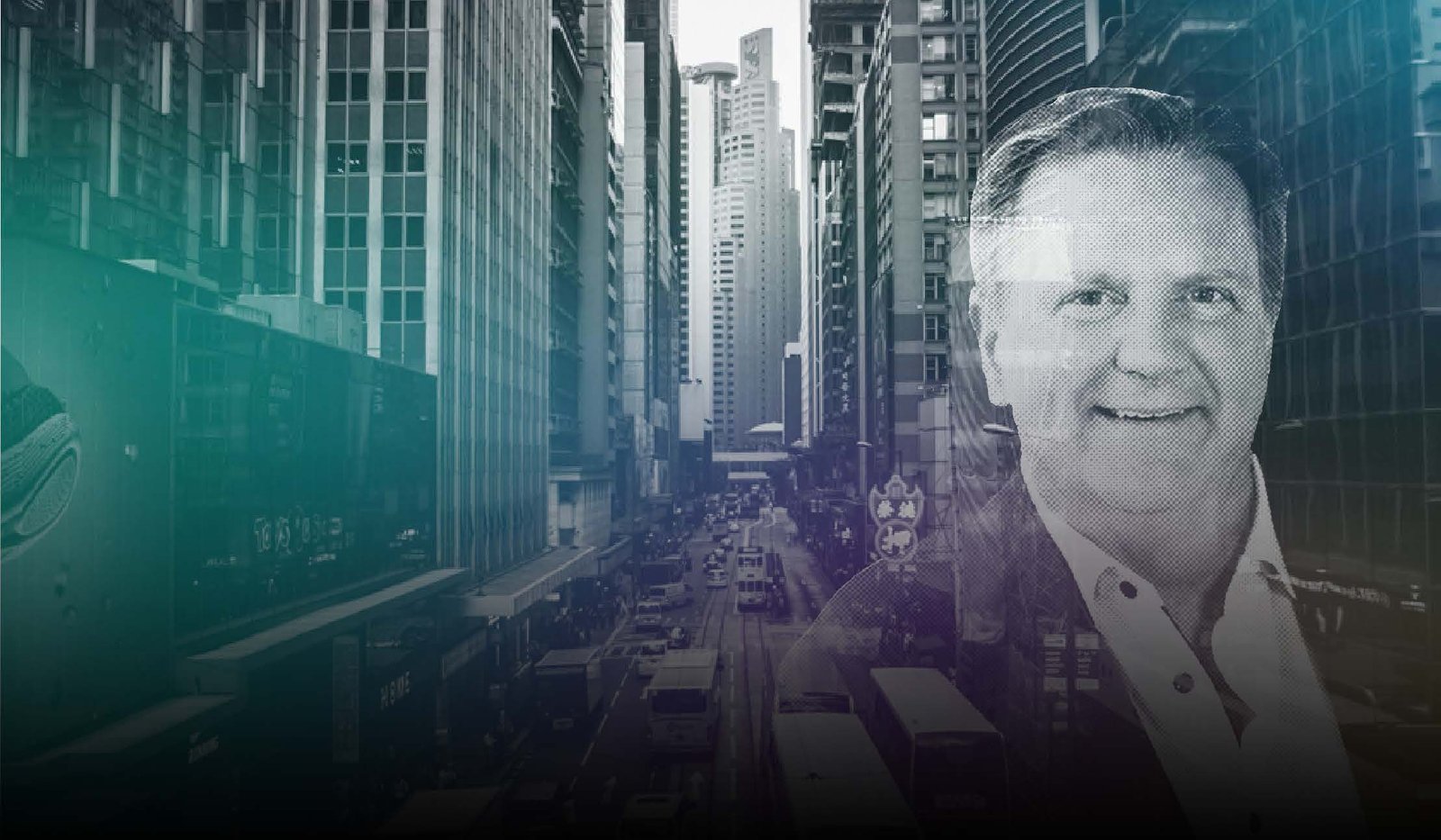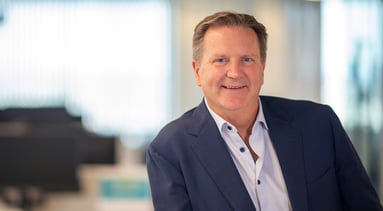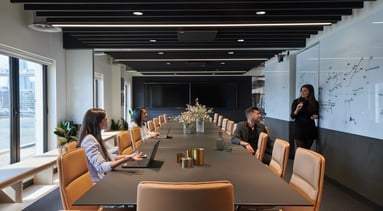Are we back to normal? Global cities are telling a different story

As our world continues to shift, I've been keeping my finger on the pulse of different trends affecting the work environment. Quick Insights is my perspective on things we’re seeing and hearing in the market.
In this issue, I’ve looked at a bunch of external data about commuting, transportation, and labor vacancies to make my own opinion on whether we are “back to normal.”
My Quick Insights
- Normal is not pre-pandemic normal and the proof is in the data
- A shift is occurring in our work culture, one defined by flexibility, a physical environment that draws people in, and aligned values
- Cities and offices will need to evolve to create experiences and enable choice to attract people back to their centers and spaces
As the pandemic falls further and further into the rear-view mirror (we hope), I’m convinced both companies and cities have an exciting opportunity ahead, to transition with the shifts we’re seeing. But let’s let the data speak for itself...
Commuting within cities has decreased
- Use of public transport dropped 13%–56%, while visits to workplaces were down anywhere from 4%–53% at the start of May 2022, compared to pre-pandemic levels*
- Commuters spent 33 less hours in traffic in 2021 compared to pre-pandemic levels*
- Migration out of certain high-cost cities, like San Francisco, coupled with an exodus of international talent has further impacted movement into cities
Transportation and commuting data confirms cities haven’t been the attraction they once were. People are looking for flexibility and convenience when it comes to where they are living and working.
*Data analyzed include TomTom Traffic Indices and Google Community Mobility Reports to better understand movement around cities as well as labor data from respective government agencies to understand the impact of Covid-19 on labor markets of interest.
Labor shortages have increased
- Migration out of cities, border closures, and an exodus of international talent has widened skill gaps and labor shortages across cities
- Major cities like London are struggling to fill vacancies due to applicants lacking relevant skills; 42% of London businesses believe recruitment will continue to be an issue over the next five years
All of this indicates people have left, and are continuing to leave the workforce due to shifting priorities and responsibilities. To attract and retain talent, we need to remain competitive by supporting employees wants and needs – everything from flexible hours/day through to what snacks are in the cupboards of the office.
Employees are taking on the role of a consumer
Job vacancies across the globe have continued to increase (55% in London, 64% in Sydney, and 127% in Singapore) despite employment rates returning to pre-pandemic levels. What does this tell me? Thanks to a hot labor market, a growing skills gap, and lighter traffic into cities, workers are in the driver’s seat. They’re looking for better work environments, culture, and career development, and they know they are in the position to get it.
Employees across the globe expect more than just office space from their employers.
Companies that fail to listen and act accordingly risk losing their most vital and costly asset – talent.
- Employees have more agency than ever. Like consumers, they are looking for companies that align with their goals
- The office isn’t dead, it's actually more important than ever. The most impactful spaces will leverage experiential design to create meaningful touchpoints for teams
- Enabling flexibility is essential to success. Invest in the technology and spend the time curating a hybrid work environment that works for all your people
- Don’t risk your talent by not doing anything. We know there are a lot of unknowns, but what is very clear is people don’t want to come into a pre-pandemic space. They are expecting more, and if they aren’t getting it, they are leaving.
Like what you’re reading? Stay tuned for the next issue coming in August.
About Steve Quick, Global CEO
 As the CEO of Unispace, Steve leads 800 strategists, designers, innovators, and creators across 26 countries. He brings a unique perspective cultivated over 25 years in leadership roles at Cushman & Wakefield, CBRE, and Johnson Controls Global Workplace Solutions.
As the CEO of Unispace, Steve leads 800 strategists, designers, innovators, and creators across 26 countries. He brings a unique perspective cultivated over 25 years in leadership roles at Cushman & Wakefield, CBRE, and Johnson Controls Global Workplace Solutions.
Connect with Steve on LinkedIn


